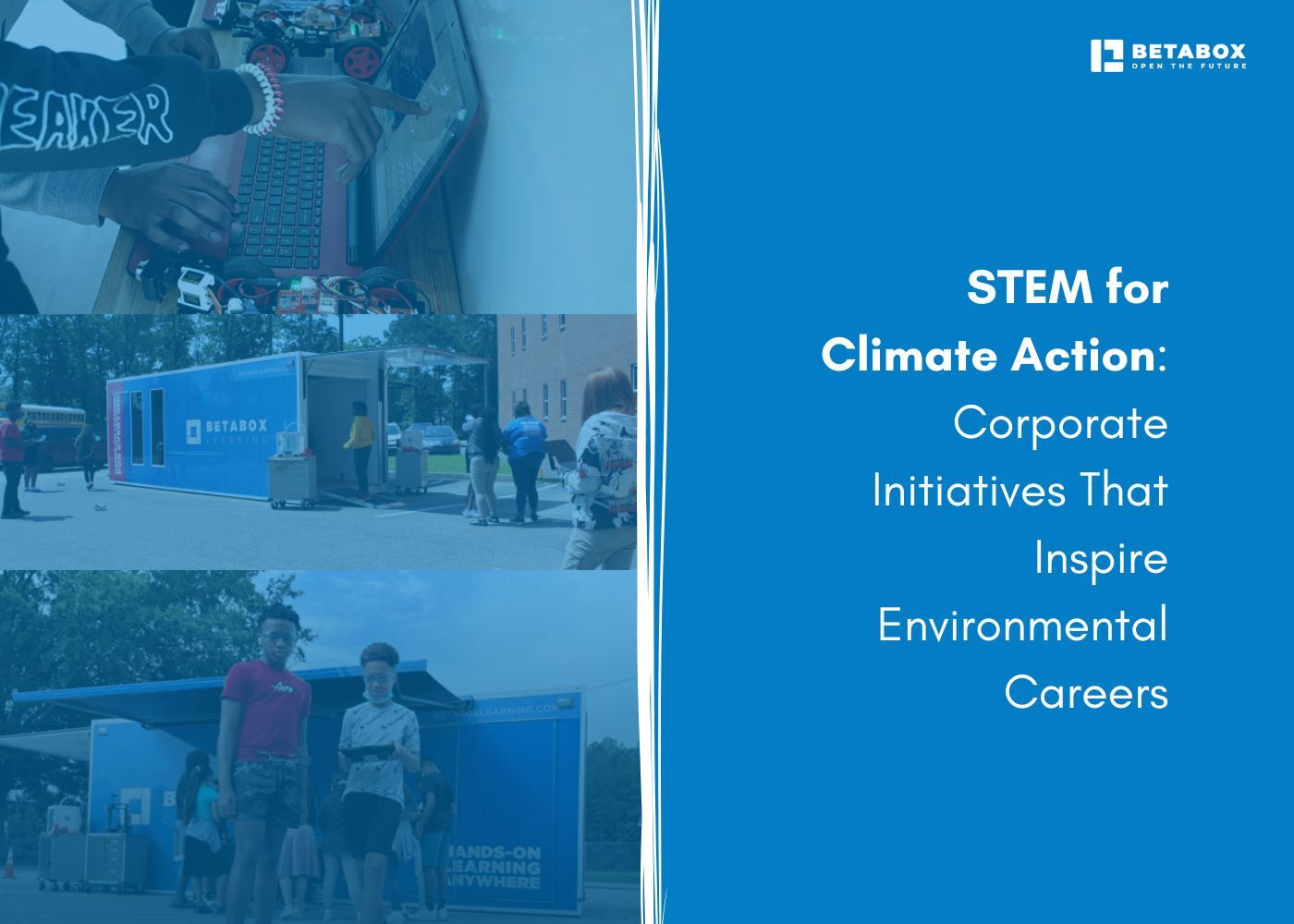
Climate change is reshaping the way industries operate and the way careers are defined.
Extreme weather, resource scarcity, and global energy transitions are driving urgent demand for innovation. To meet this demand, science, technology, engineering, and mathematics are more than academic pursuits. They are the backbone of practical climate solutions.
STEM careers in climate action are at the heart of renewable energy projects, sustainable product design, and large-scale data modeling.
Businesses are stepping in to lead by example through corporate sustainability initiatives that not only reduce emissions but also build future-ready workforces. For students and professionals, this intersection is more than inspiring. It represents real pathways into meaningful and secure careers.
Sustainability challenges are rarely solved by one field alone. Climate models require data science, infrastructure upgrades demand civil engineering, and clean energy breakthroughs rely on advances in chemistry and materials science.
The role of STEM can be understood in three layers:
A unique feature of climate action is how interdependent these roles are. For example, a data scientist’s predictive model is only useful if engineers can design infrastructure based on those insights. That infrastructure then needs technologists to monitor efficiency and scientists to track long-term environmental impact.
Businesses across sectors are no longer treating climate action as a peripheral responsibility. Instead, sustainability is moving into the core of corporate strategy. This shift is producing new opportunities for those with STEM skills for climate solutions.
What often goes unseen is how these corporate climate action programs ripple outward. Suppliers, contractors, and partner organizations also require sustainability expertise. This cascading demand ensures that the impact of one corporate initiative can stimulate entire ecosystems of green jobs in STEM.
The variety of inspiring environmental careers reflects the breadth of climate challenges being addressed.
One defining characteristic of these roles is their hybrid nature. Employers increasingly expect professionals to bridge multiple disciplines, such as engineering and policy analysis or data science and environmental biology. That cross-functional expectation is shaping what skillsets are most valuable in the future of STEM in sustainability.
The demand for new skills has triggered investment in workforce development at every level. Corporations are funding school partnerships, vocational training, and advanced research programs.
Key patterns include:
This is where organizations like Betabox play a vital role. By creating mobile field trips, hands-on project kits, and career reflection tools, Betabox helps students experience climate-focused STEM challenges in real time. With more than 500,000 students served across hundreds of schools, Betabox connects corporate partners with classrooms, making climate action careers tangible for all learners.
Careers in climate action are not abstract. Professionals around the world are already transitioning into sustainable engineering projects that directly shape outcomes.
Each story highlights how transferable skills become catalysts for new solutions when directed toward climate challenges. For students planning their careers, the message is clear: climate action is not limited to one profession but open to anyone with strong STEM foundations.
Looking forward, the global demand for STEM careers in climate action is set to grow sharply. Net-zero targets adopted by governments and corporations are translating into significant hiring momentum. Roles in renewable energy, sustainable supply chains, and advanced data modeling are particularly undersupplied relative to demand.
A defining trend is the move toward multidisciplinary expertise. Employers increasingly want professionals who can understand energy systems, interpret climate data, and collaborate across policy, engineering, and community engagement.
Another shift is geographic. Opportunities are no longer concentrated in a few innovation hubs but are spreading to rural and under-resourced communities through corporate partnerships and distributed renewable projects.
For students, early exposure is often the deciding factor in whether they choose a career in climate action. Betabox exists to make those spark moments possible.
Collaborating with corporations helps Betabox build equitable pipelines into climate-focused STEM careers, ensuring talent is cultivated from every background.
Learn more about partnership opportunities at Betabox Partnerships.
STEM is central to climate action. From renewable energy careers to sustainable engineering projects, opportunities are growing rapidly as businesses make sustainability core to their operations. The careers being created are not just technical roles but meaningful opportunities to align professional growth with global responsibility.
For students, that means gaining skills early and experiencing real-world applications of science and technology. For corporations, it means building robust pipelines that connect young talent to the challenges of climate resilience.
The work ahead is urgent, but it is also full of possibility. The next generation of innovators will design the systems, tools, and policies that define sustainable living. Organizations like Betabox make those careers visible and accessible, ensuring students can see themselves in the future of climate solutions.
Explore Partnerships with Betabox to support tomorrow’s STEM leaders in building a more sustainable world.
How can STEM careers contribute to climate action?
They provide the technical expertise to design renewable energy, model climate data, and develop sustainable systems that reduce emissions.
What corporate initiatives support sustainability in STEM?
Initiatives include renewable energy integration, green supply chains, sustainable manufacturing, and workforce training for climate-focused roles.
Which companies are leading the way in green STEM jobs?
Leaders include energy firms transitioning to renewables, automotive companies developing EVs, and consumer brands investing in circular economy models.
What skills are needed for STEM careers in climate change?
Skills in data science, systems engineering, renewable energy design, environmental monitoring, and problem-solving across disciplines are highly valued.
How do engineering and technology help fight climate change?
They produce scalable solutions such as smart energy grids, carbon capture systems, and resilient urban infrastructure.
What are examples of environmental careers in STEM?
Examples include renewable energy engineers, environmental data scientists, sustainable construction specialists, and climate policy analysts.


Ready to learn how Betabox resources can be implemented at your school or District?
Book a Blueprint Call

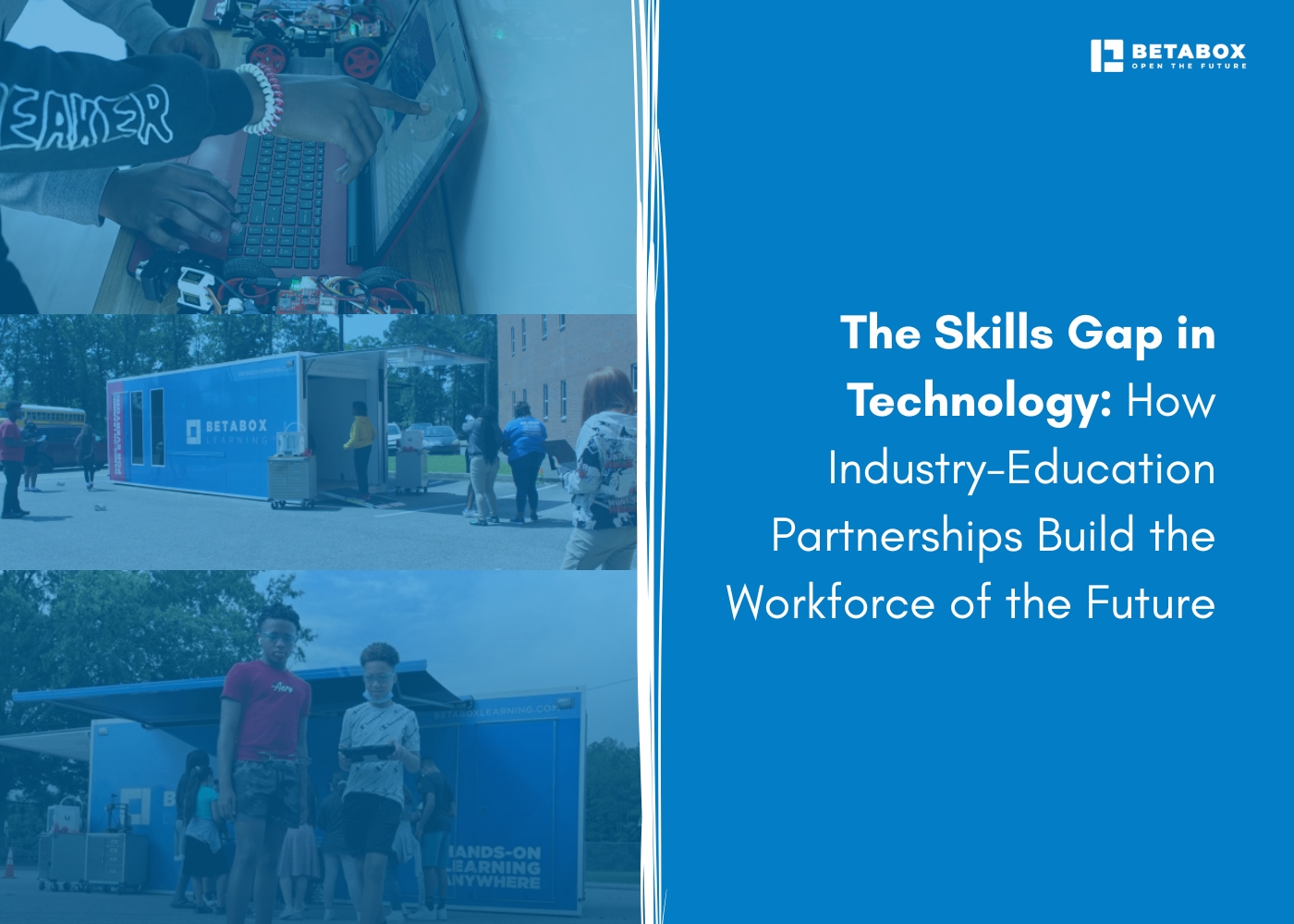

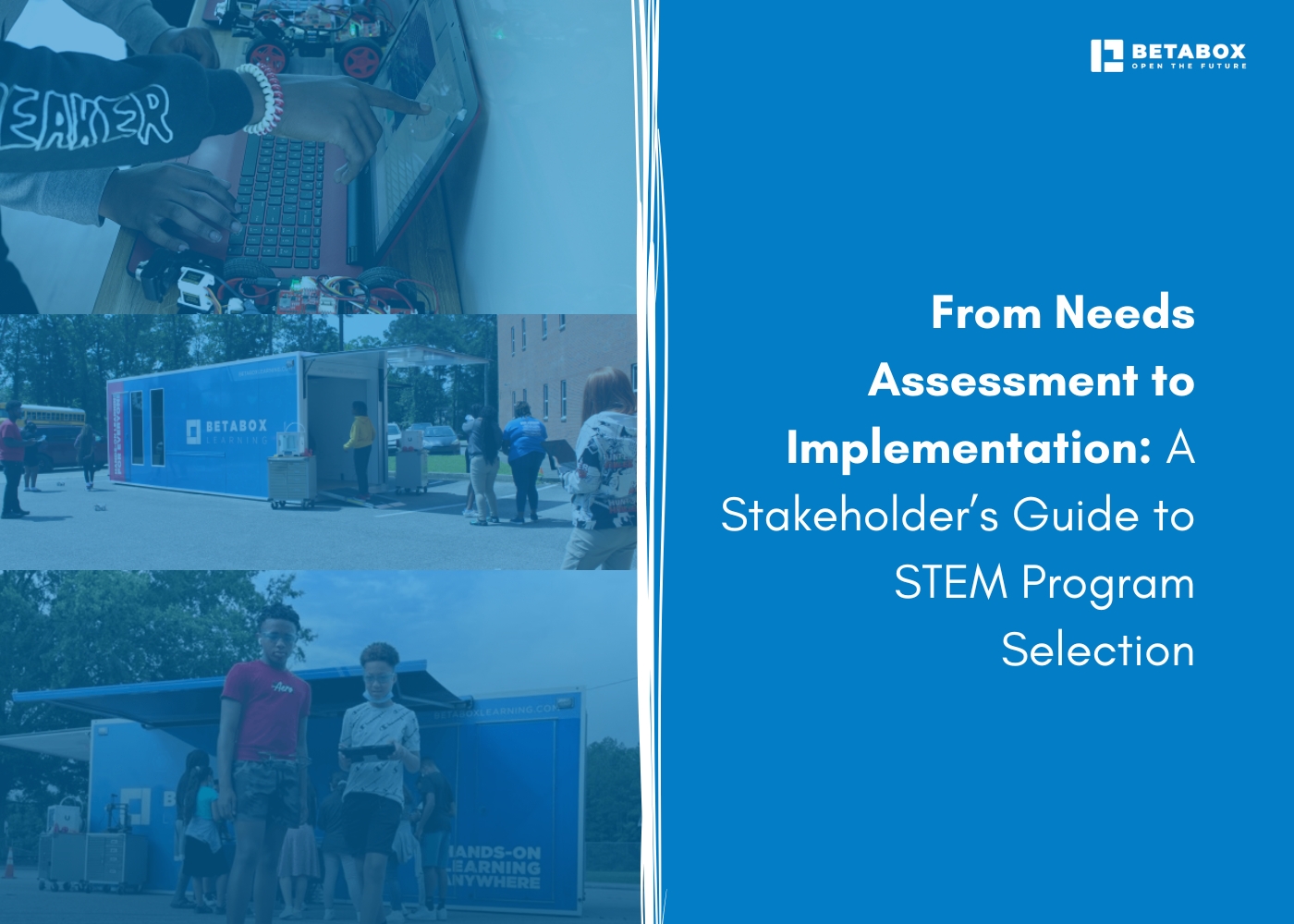

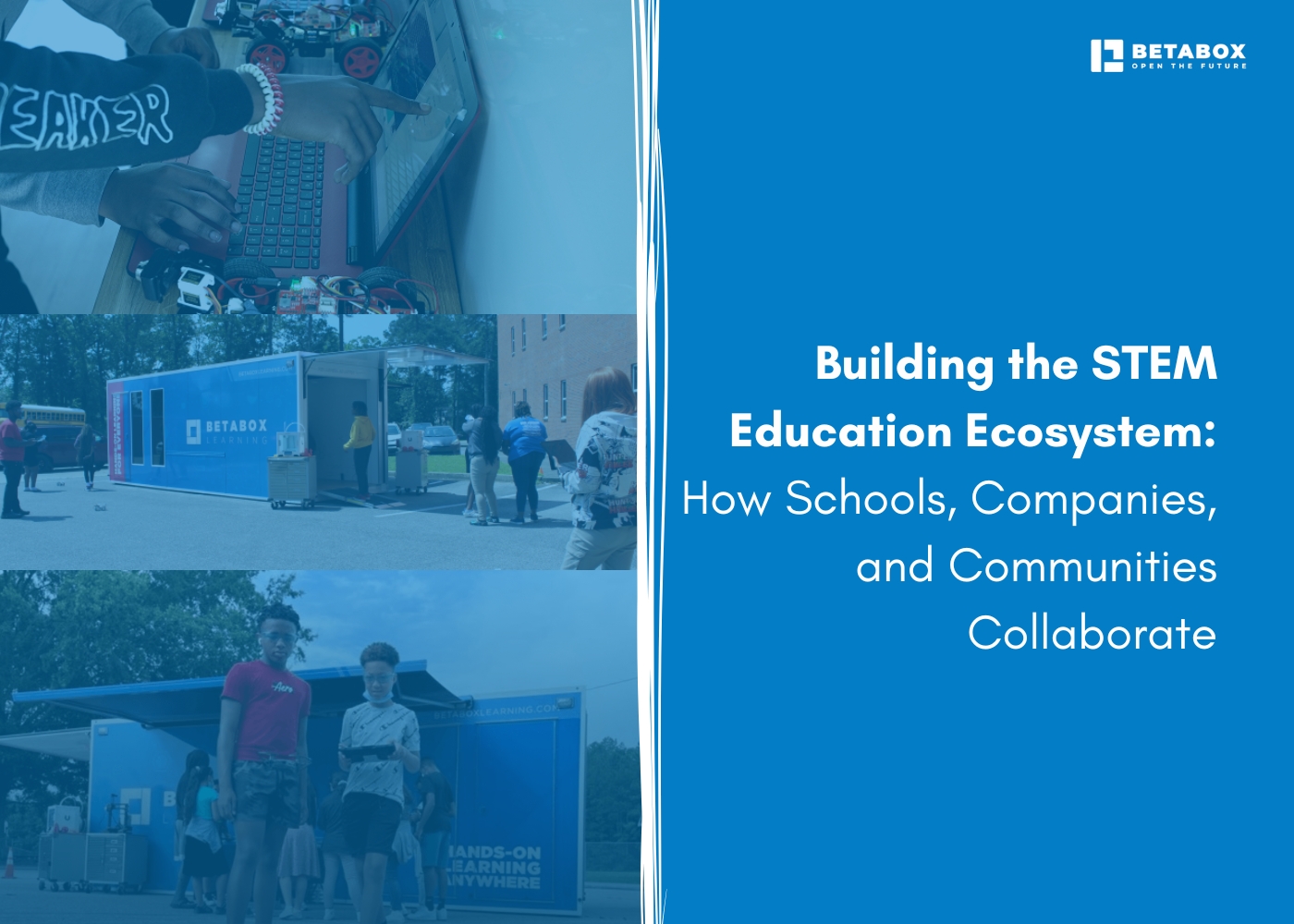

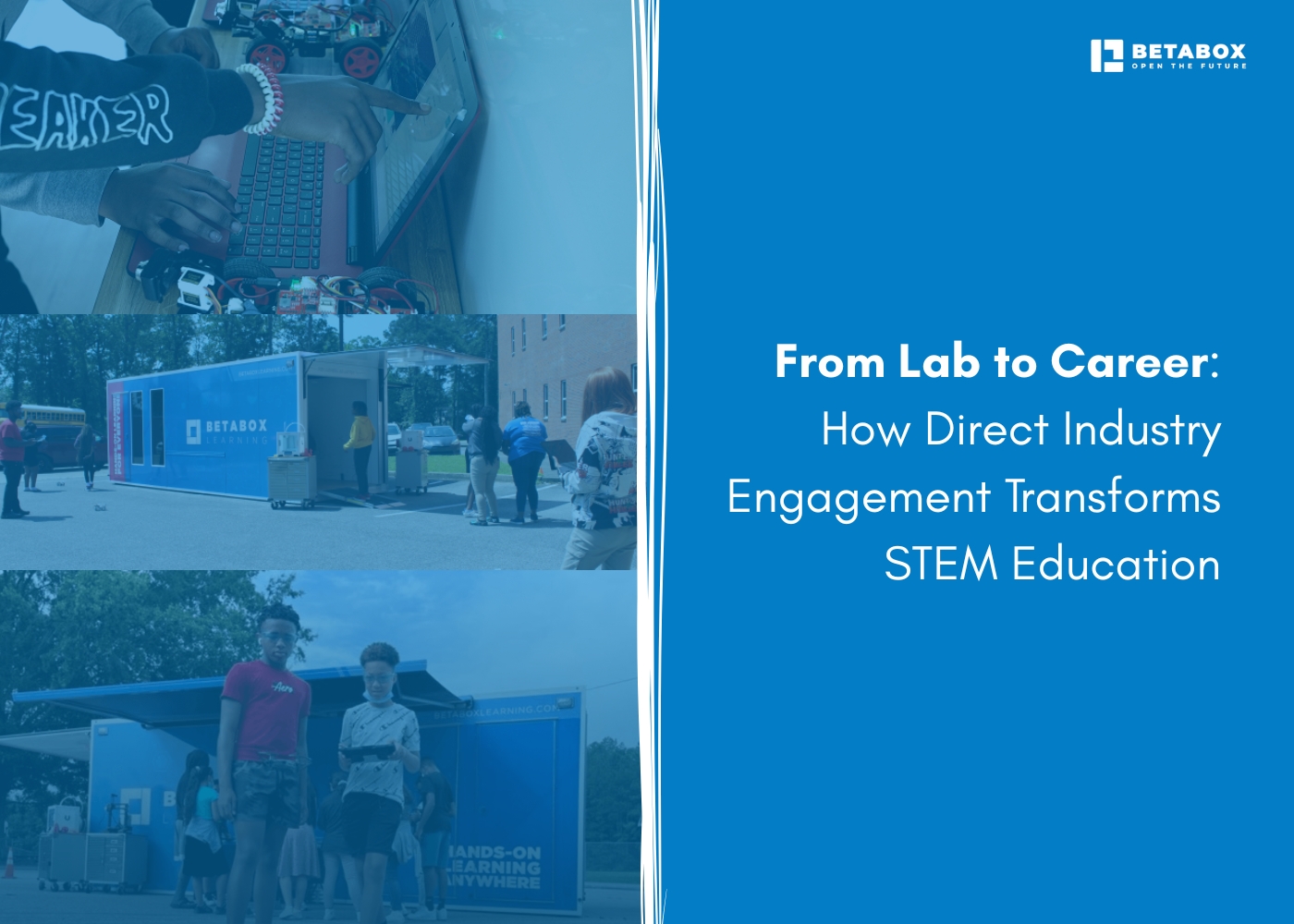



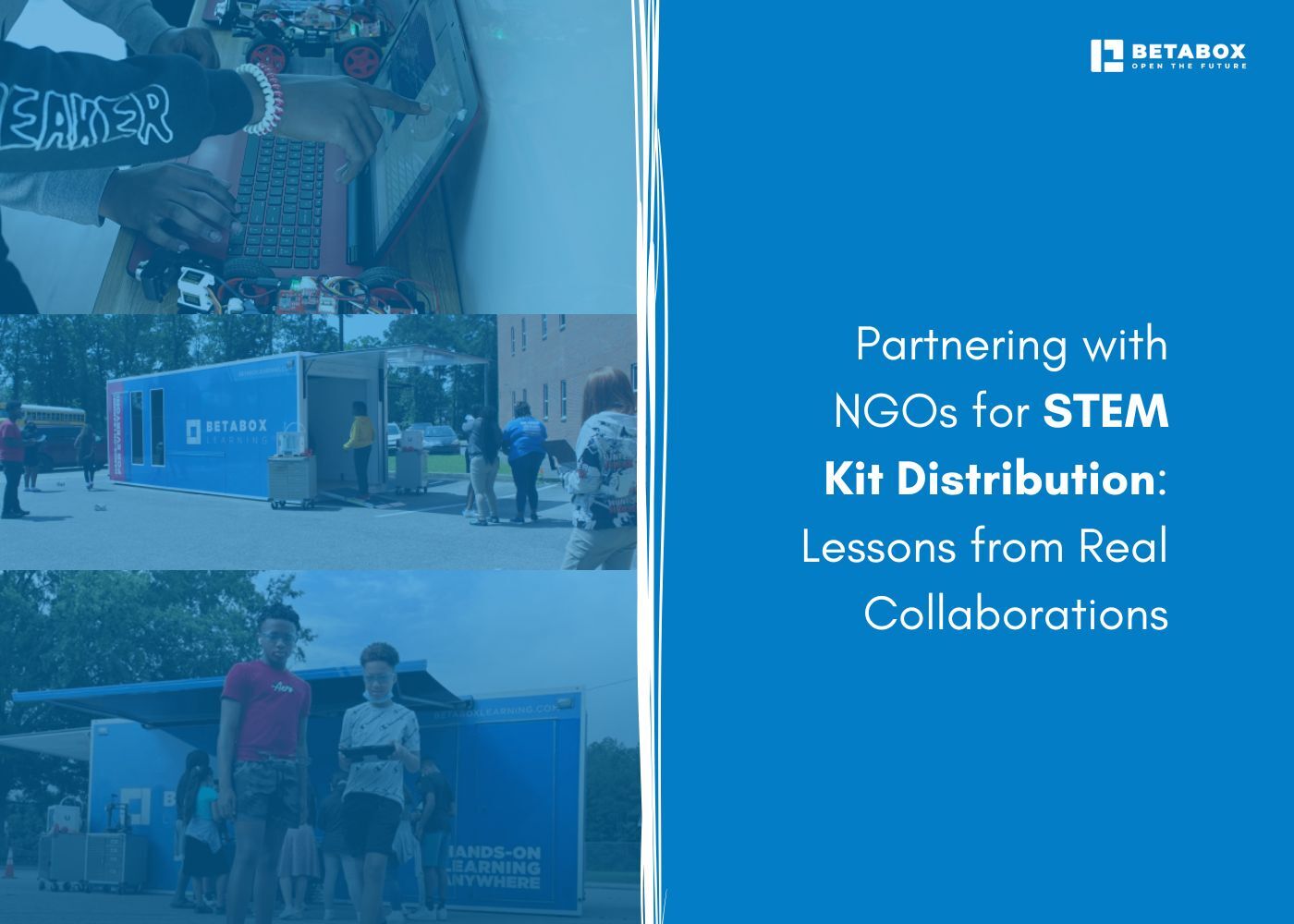

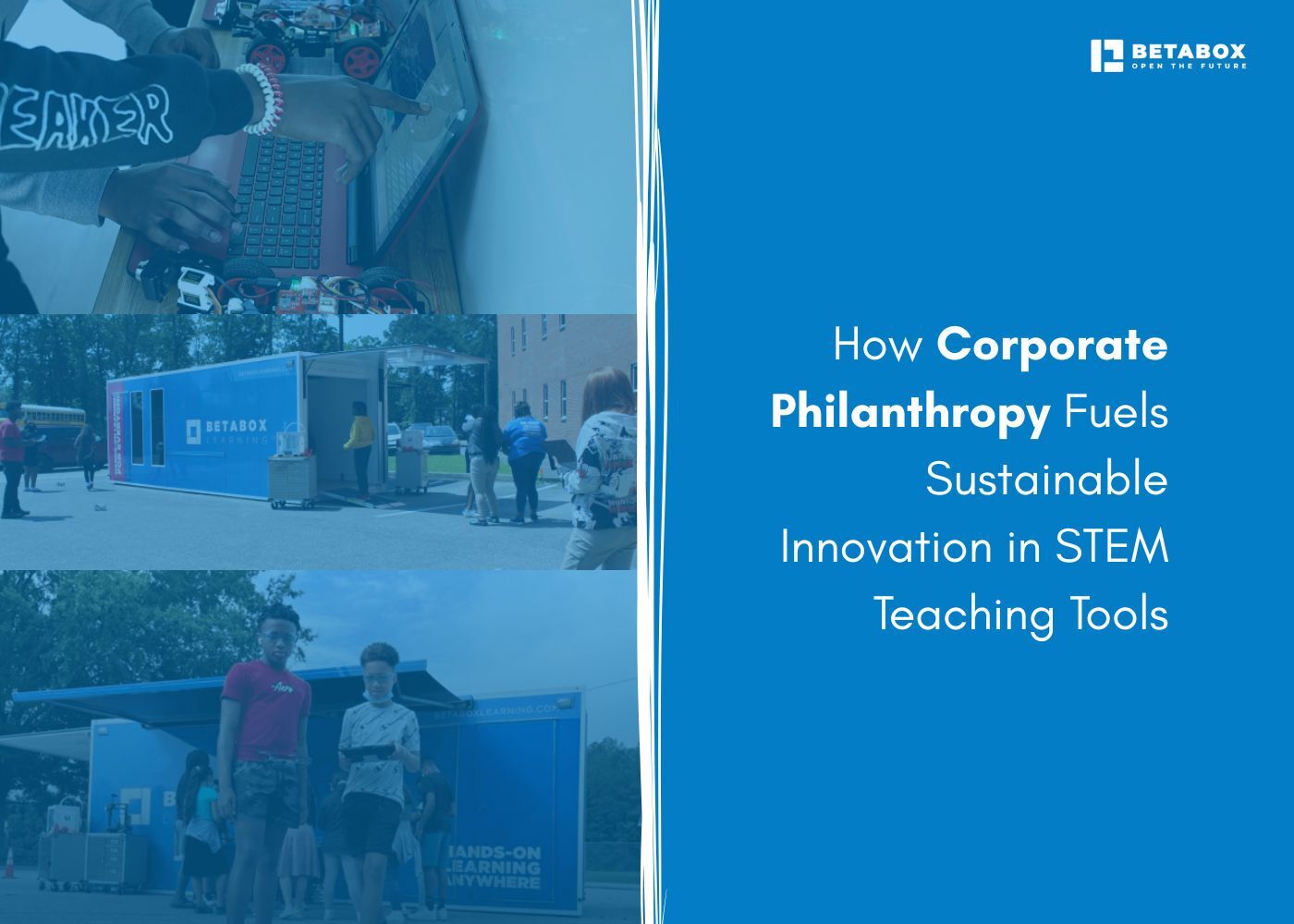

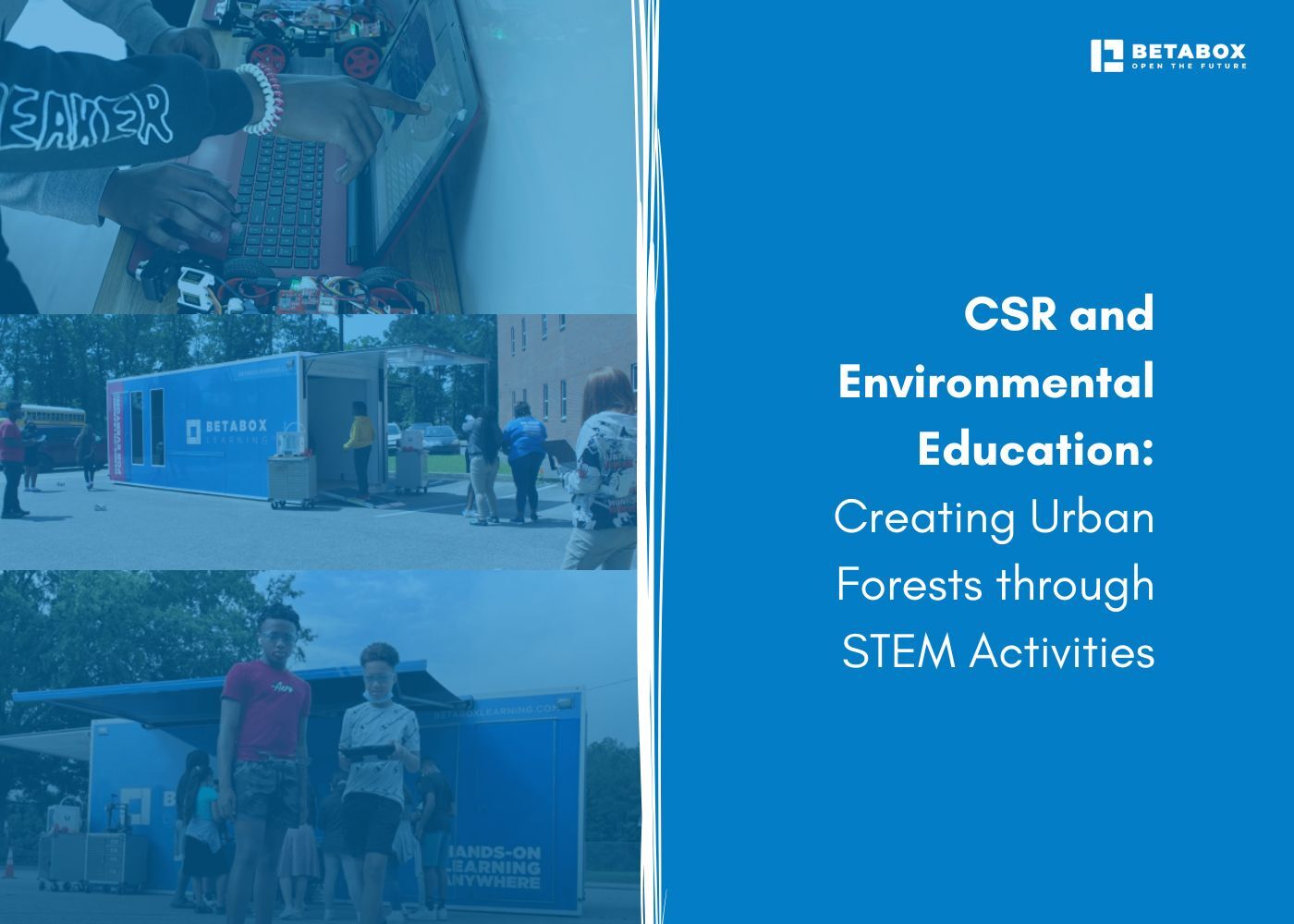

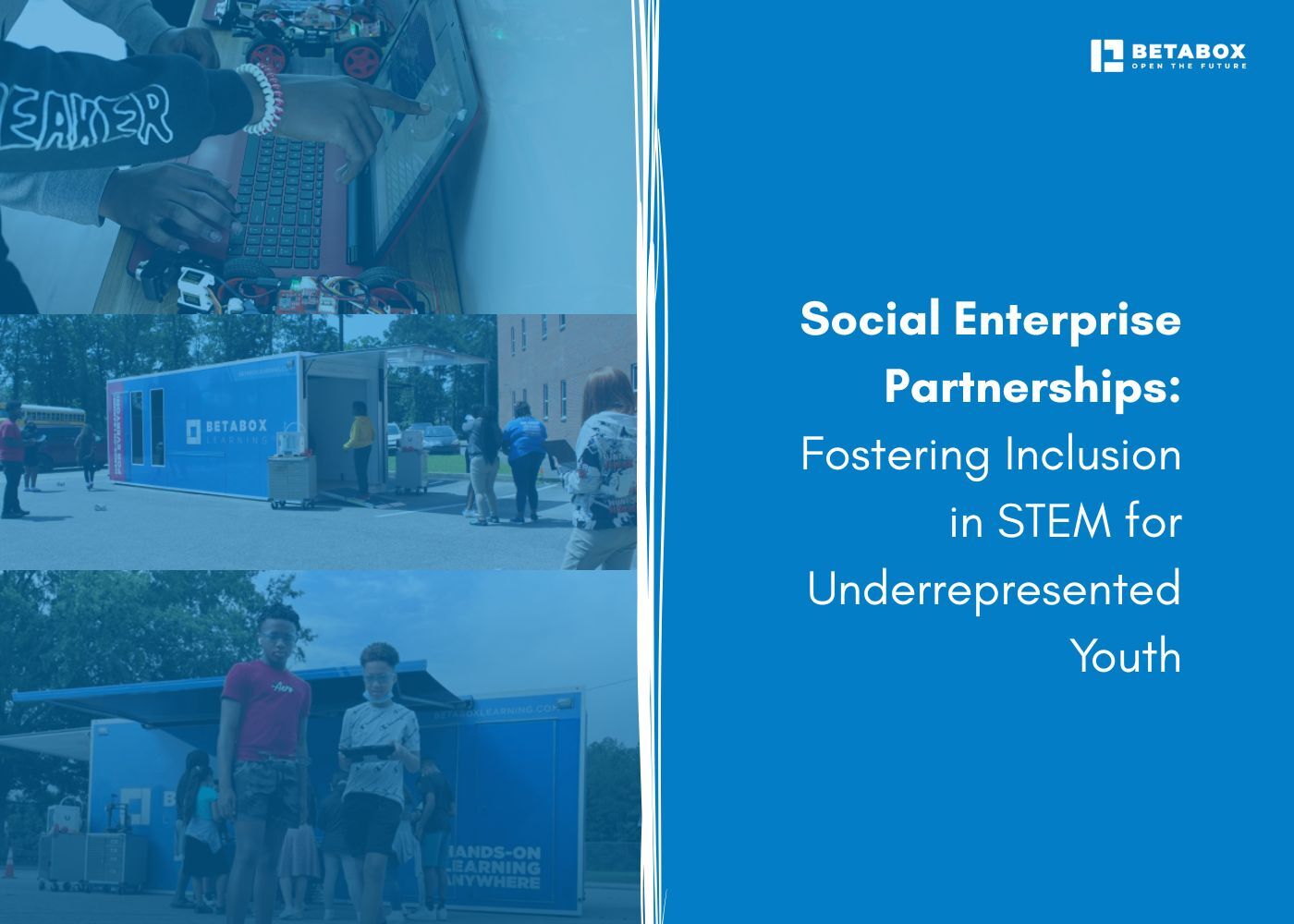

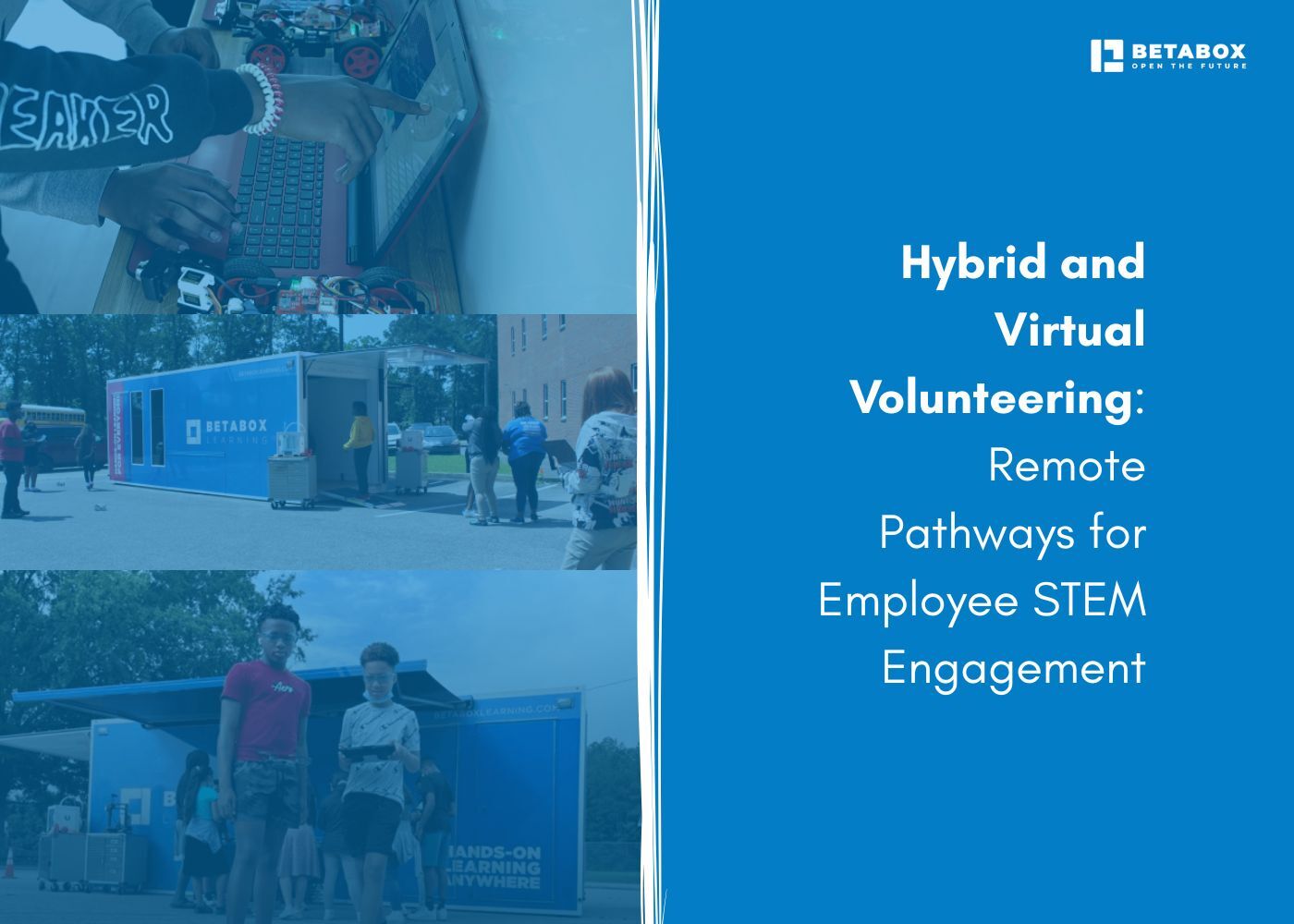





At Betabox Learning, we are passionate about making hands-on STEM curricula accessible to all students.

Join our newsletter to stay in the loop on all things Betabox and the future of STEM education.
By submitting your email address, you agree to our Privacy policy and Terms of Service. You can unsubscribe any time via the link in your email.
© 2025 Betabox. All Rights Reserved
